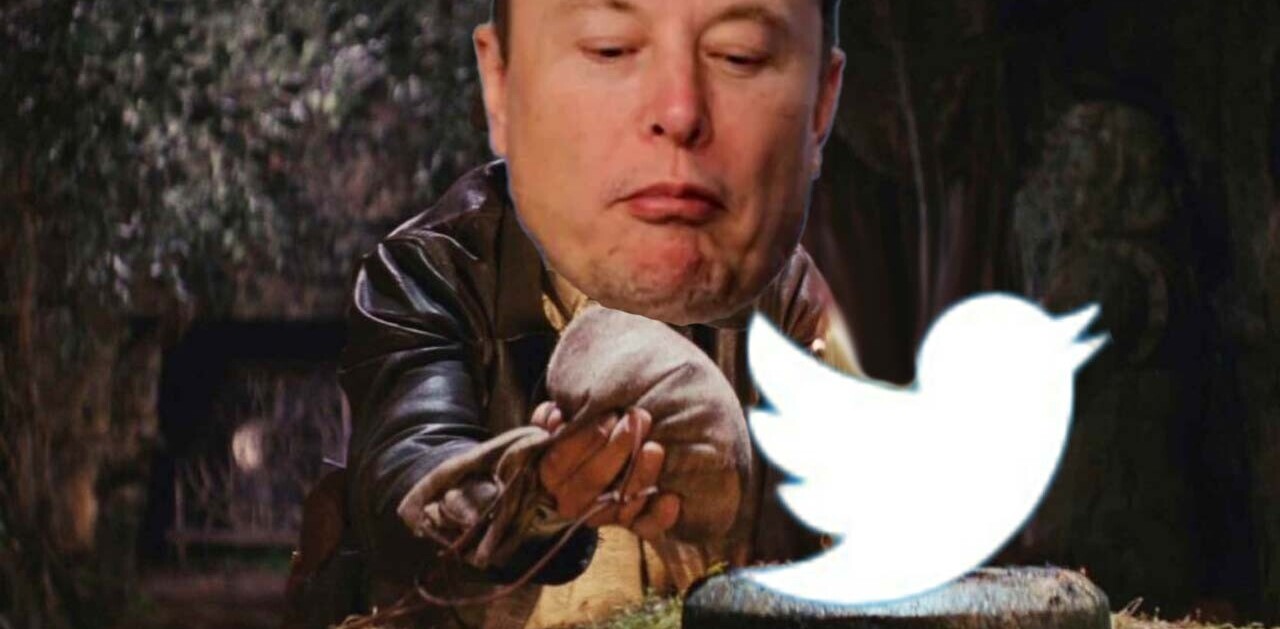
TED recently released what I think is a fascinating insight into advertising and online video today, with their top 10 list of ads worth spreading. The title itself shows just how much advertising has changed today. The success of an ad is not defined so much by its likelihood to make you purchase a product or consider a service, but by its talkability; just how likely are you to share it, and spread its reach beyond what you’d traditionally reach through TV. It’s no surprise then, that so many brands are so focused on getting that viral hit, which in many ways look very different to conventional TV ads.
TED’s Top 10 List of Ads Worth Spreading
First, for a bit of context, are the 10 ads that made the final list. The TED campaign started in December last year and was simply to submit the ad that you thought would get people talking, that was ‘infectiously compelling’ and had the important talkability factor. The 10 that deservingly made the final list were:
Is there an online advertising formula?
 The question might not be as silly as it sounds, so long as you understand that viral ads are different to viral videos. Sure, many marketers cringe when the client says ‘we want a viral hit’, but it’s not the client’s fault for wanting something so successful and aiming high. The difficulty for marketers of course is that by definition something isn’t ‘viral’ until it becomes viral. Therefore to set out to make a viral means you’re setting yourself up for failure. But to produce an online video or ad that is worth sharing, is something else altogether.
The question might not be as silly as it sounds, so long as you understand that viral ads are different to viral videos. Sure, many marketers cringe when the client says ‘we want a viral hit’, but it’s not the client’s fault for wanting something so successful and aiming high. The difficulty for marketers of course is that by definition something isn’t ‘viral’ until it becomes viral. Therefore to set out to make a viral means you’re setting yourself up for failure. But to produce an online video or ad that is worth sharing, is something else altogether.
In his seminal book ‘Confessions of an advertising man’, David Ogilvy set out his ultimate commandments for what makes a successful ad. These were structured specifically for print ads and not for TV. Ogilvy’s rules were full of good sense, including: The more informative your advertising, the more persuasive it will be; There is no need for advertisements to look like advertisements; and What really decides consumers to buy or not is the content of your advertising, not its form. Many of his rules can still be applied to advertising today, perhaps most notably ‘ads don’t need to look like ads’. Ogilvy’s rules have long been considered the basic rules for advertising, so is it possible to come up with similar formulas for viral ads today? The difficulty comes perhaps in that what Ogilvy set out to do with his rules was to help sell products. What brands now have to do is to entertain consumers and provide something worth talking about.
Viral Ideas
 The problem with trying to come up with a formula for viral ads is that sometimes the rules just don’t apply. What motivates you to share something is different to what motivates you to buy something. You need to also consider the context in which something is shared.
The problem with trying to come up with a formula for viral ads is that sometimes the rules just don’t apply. What motivates you to share something is different to what motivates you to buy something. You need to also consider the context in which something is shared.
If people are going to share something with their friends/followers, is it because they want to make people laugh? Or to be the first to share something? To inform people? Or is it being done tongue in cheek? The list is endless and as shown in all the videos above there is no one theme among them that proves there are rules around viral ad success. Other than at the center, they all have a pretty amazing idea. That’s where the magic lies. That’s the one and only rule I think you can ever apply to viral ads. If you’re making it and you’re not amazed by how stunning the idea is, either visually or conceptually, then the chances are you won’t be able to convince others it’s an amazing idea.
Now more than ever brands are paying attention to online video and the space is certainly heating up. But it’s in danger of being misunderstood, as brands may think the work is done simply identifying online video as a platform they want to use. The risk comes when you think of video as just something that’s done, the same problem with all the empty Twitter accounts and company Facebook pages. The work has only just started when you identify how you want online video to work for you and what you’re trying to achieve. Then comes the tricky part in finding that great idea and giving it the time it needs to evolve into something amazing.
Get the TNW newsletter
Get the most important tech news in your inbox each week.






